All the constructions and reconstructions at Vale das Lobas are being crafted from natural and sustainable materials wherever possible. We have researched very carefully the traditional and innovative methods and we have come up with solutions that provide optimum sustainability and comfort.
Earth construction is of great importance world-wide, and there are many different systems now available for crafting buildings from Earth, including Cob (UK), Pisé (France), Taipa (Portugal), Adobe (North America), Super-Adobe, Rammed Earth and Compressed Earth Blocks.
All of these amazing systems have their place, according to the climate and environmental conditions. In our location in Northern Portugal, where we experience very hot and dry summers, but high humidity in the winter months, we have chosen to use systems that fit best with these exacting conditions.
We are building in a variety of media, including Compressed Earth Blocks, Granite, Straw Bales, Light Clay Straw, Hempcrete, Super-Adobe and Corkcrete. Our chief insulation material is cork, and we are using sustainably sourced timber for the carpentry.
This week we began working with Compressed Earth Blocks, in the Riverside Restaurant construction, and here is an explanation about this amazing building material from our head of Sustainable Construction – Rafa Lopes:
COMPRESSED EARTH BLOCKS – CEB
Compressed Earth Block is a new development in modern times, as it combines the ancestral techniques of adobes (sun dried earth brick) and rammed earth.
Instead of being moulded by hand, or with rammers, in a wooden frame, the blocks are formed by compressing raw earth, slightly moistened, in a mechanical steel press. Compared to adobe and other hand moulded blocks, the CEB is very regular in size and shape, and much denser. It has better resistance to compressive stress and to water.
CEBs are produced with a mixture of non-vegetable soil composed of gravel, sand, and fine elements (silt and clay). Depending on its natural characteristics, a binder aggregate (cement or lime in most cases) can be added to the soil to improve its characteristics. The soil, raw or stabilized, is slightly moistened, poured into a press and then highly compressed
ADVANTAGES OF CEB
Compressed Earth Blocks have great advantages: they are in most cases cheaper and they are always more sustainable than concrete blocks or kiln-fired bricks.
- A local material
Ideally, the production is made on the site itself or in nearby areas. Thus, it will save transportation, fuel, time and money. - Eco friendliness
With minimum maintenance, well-designed CEB houses can withstand heavy rains, snowfall or frost without being damaged. The strength and durability has been proven since more than half a century and after demolition, the CEB can go back to earth.
The CEB can regulate the environmental humidity in a way that no other building material can do to achieve healthy and energy saving houses. - Energy efficiency
Requiring only a little stabilizer, the energy consumption in a m3 of CEB can be from 5 to 15 times less than a m3 of fired bricks. The pollution emission will also be 2.4 to 7.8 times less than fired bricks. - An adapted material
Being produced locally it will be easily adapted to the various needs of the people: technical, social, cultural habits. - Improving traditional techniques
Where there is a demand of improving traditional building materials made of raw earth, CEB may provide an answer because the production methods are technically accessible to the local labour, and because laying CEB requires only elementary mason skills.
The CEB is a sustainable, environmentally friendly and suitable building material for new construction, residential rehabilitation and heritage rehabilitation.
The hygroscopic properties, the low carbon footprint, the durability, the aesthetics, the versatility… make the BTC the perfect material to build the present, the future and rehabilitate the past.












